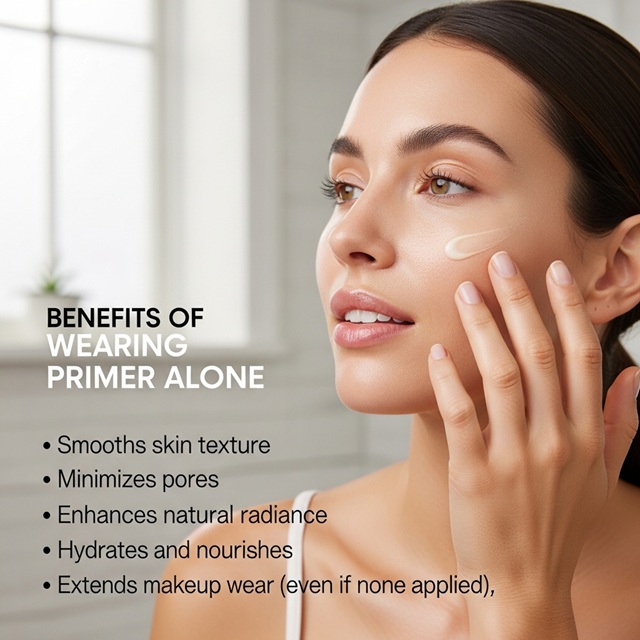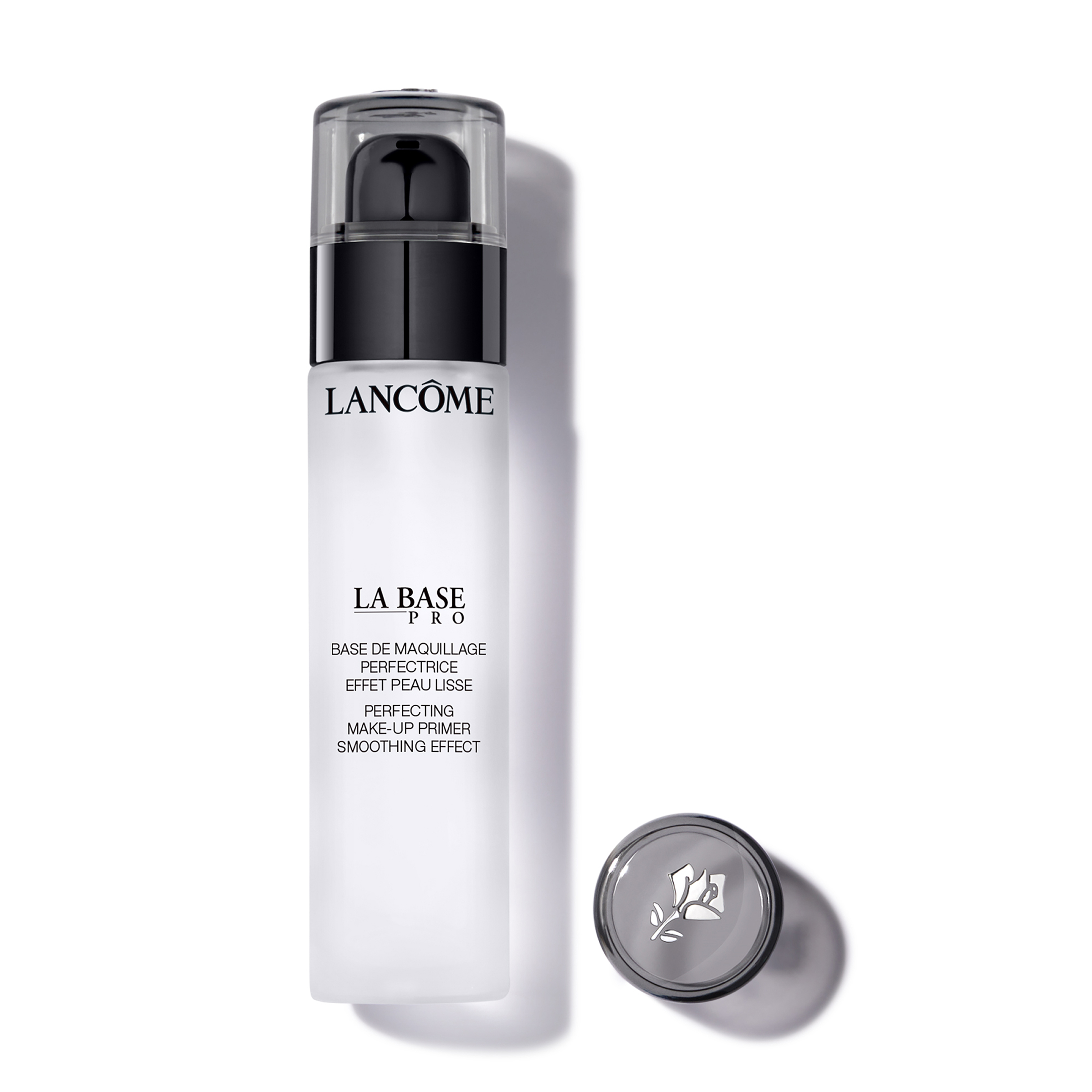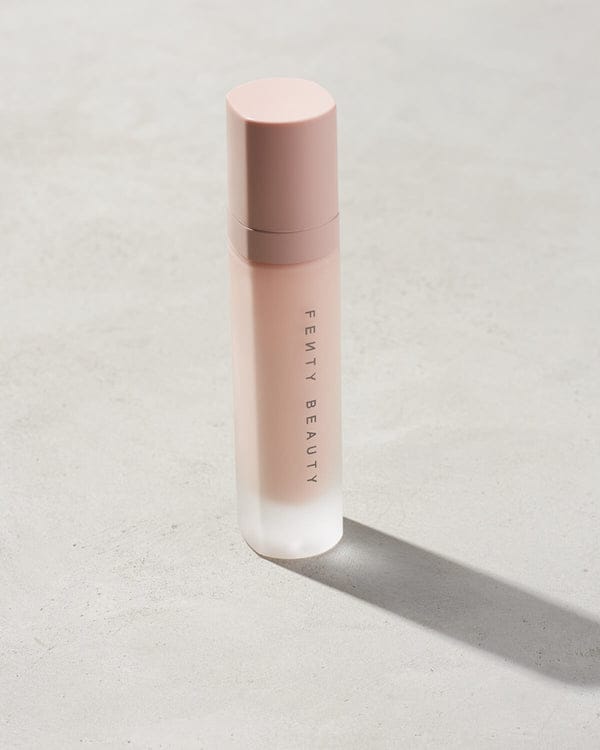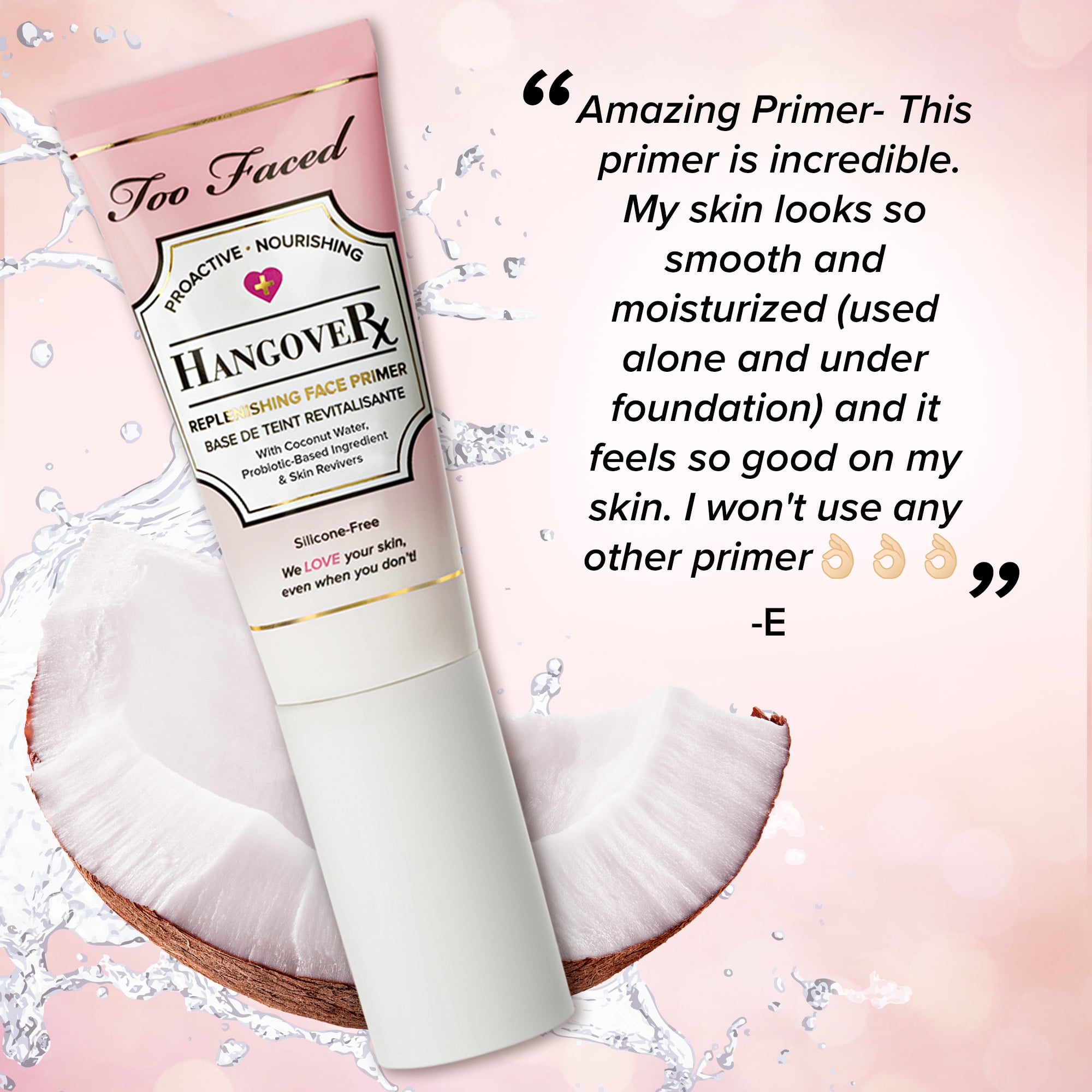Bright & Smooth: Discover the Benefits of Wearing Primer Alone (And What You’re Missing)
Benefits of Wearing Primer Alone
When you hear “primer,” you probably think of the step you apply under the foundation. But what if I tell you that using primer on its own — no foundation, no heavy makeup — can actually bring real benefits? In this article, we’ll explore the definition of primer, its function, where, when, and how it’s applied, compare it with sunscreen, and answer the question: “Can primer be used as a moisturizer?” Finally, we’ll zero in on why you might choose to wear primer alone, and the practical gains you’ll get.
What is a Primer (definition & function)
Definition
A primer, in the context of cosmetics, is a product applied to the skin (typically the face) before makeup (especially foundation) to improve how makeup sits and lasts. Wikipedia+2Glo Skin Beauty+2 It can also refer to a base for other cosmetic products (eye primer, lip primer, etc.). Wikipedia+1
Function
What does a primer do? At its core:
-
It smooths the surface of the skin by filling in fine lines, blurring pores and evening texture. Beautyblender+2Glo Skin Beauty+2
-
It creates a better “grip” for makeup (foundation, concealer) so it goes on more evenly and lasts longer. Estée Lauder+1
-
It can control shine or oil (for oily/combination skin), or provide extra hydration (for dry skin), depending on the formula. Glo Skin Beauty+1
-
It may act as a barrier between the skin and makeup, which can help reduce the amount of product needed or prevent makeup from migrating into pores/texture. Beautyblender
Where, When, and How It’s Applied
-
Where: Usually on the face — often full-face or just zones that need attention (t-zone, cheeks, etc.). Some primers are targeted (eyelids, lips). Glo Skin Beauty+1
-
When: After your skincare steps (like cleanser, toner, serum, moisturizer) and before applying makeup. For example: cleanse → moisturizer → primer → foundation. L’Oreal Paris+1 If sunscreen is used, the order is: moisturizer → sunscreen → primer → makeup. Dr Sabrina™+1
-
How: A small amount (pea-size or finger tip) is applied to clean, moisturised skin. It’s gently spread/patted into the areas desired. Then you wait a minute or two for it to set before applying the next product. Beautyblender
Primer vs. Sunscreen: What’s the Difference?
It’s easy to mix them up, but they serve distinctly different primary purposes.
Primary purpose
-
Sunscreen is a skincare product designed to protect the skin from UVA and UVB rays — i.e., sun protection is its main job. Dr Sabrina™
-
Primer is a makeup (or makeup-adjacent) product designed to prep the skin surface for makeup and improve its application and wear. Beautyblender+1
Layering/order
Because sunscreen must sit directly on the skin to work effectively, it is applied before primer in a makeup routine. Buy Cosmetics+1 If you put primer before sunscreen, you risk reducing the effectiveness of the sun protection.
Formulation and coverage
-
Some primers now contain SPF or serve dual‐purposes, but often the SPF in a primer is lower than what is optimal for full sun protection, or the amount applied is less than what is required for proper protection. Polliam Cosmetic+1
-
Sunscreens are regulated for specific UV-protection levels; primers are not primarily regulated for sun protection.
Can primer replace sunscreen?
Generally, no, or at least not reliably. A primer with SPF may function as additional protection for incidental sun exposure, but for robust sun protection, you should not rely solely on primer. Polliam Cosmetic+1
Can Primer Be Used as a Moisturizer?
Short answer: Not really, at least not as a complete replacement. But the nuance is important.
What a moisturizer does
A moisturizer’s goal is to hydrate the skin, lock in moisture, support the skin barrier and keep the skin comfortable and healthy. L’Oreal Paris
What a primer does
As described, a primer is focused on prepping the skin surface, smoothing texture, and improving makeup adherence. Some primers incorporate hydrating agents (hyaluronic acid, glycerin, etc.) and may supplement hydration. RMS Beauty+1
Why primer ≠ moisturizer
-
Because primer is applied after (or after) moisturizer in the routine, it assumes you already have hydration. If you skip moisturizer and rely only on a primer that claims to hydrate, you may still miss needed barrier support or deeper hydration. L’Oreal Paris
-
Moisturizers are formulated for sustained hydration; primers may hydrate but typically are not designed to replace that function entirely.
So what if you just use primer alone?
If your skin is very tolerant, well‐hydrated already, and your primer has hydrating ingredients, you might get away with using primer alone for some days (especially if you skip makeup). But if your skin is dry, compromised, or needs care, you should treat moisturizer as a separate, necessary step.
What Are the Benefits of Wearing Primer Alone?
Now to the heart of the article: what happens if you skip foundation (or heavy makeup) and just wear primer (after your skincare moisturiser and maybe sunscreen if you’re out)? There are several practical benefits.
1. Smoother Skin Surface Without Heavy Makeup
When you apply primer on its own, you still create a smoother surface: texture appears softened, pores appear less visible, and fine lines are minimised. For days when you don’t want a full coverage foundation, primer alone can give you a more polished look without heaviness. Glo Skin Beauty+1
2. Reduced Makeup Burden
Less product means less time, less layering, and less potential for makeup to cake or fade. Using primer alone can be especially useful if you’re going minimal, want your skin to breathe, or just prefer a natural look.
3. Better Under-layer for Minimal Coverage
If you do apply concealer in spots, or a tinted moisturizer, wearing primer can help the coverage appear smoother and last longer — even if it’s not full foundation. Essentially, primer supports whatever is going on top of it.
4. Multipronged Skin Benefit (Depending on Formula)
Many primers now include skin-benefiting ingredients (hydrators, oil-controllers, blurring agents). For example, primers aimed at dry skin deliver hydration, those for oily skin provide mattifying control. So wearing primer alone still gives you a “filter” effect plus some skincare-ish benefit. RMS Beauty
5. Fewer Layers Means Less Pilling or Cakey Look
When you have lots of layers (moisturiser → sunscreen → primer → foundation → powder), there’s always a risk of pilling or your makeup moving. Using just primer (after skincare) can reduce friction and keep things smoother.
6. Quick Freshening for Short Outings
If you’re stepping out briefly or just want a refreshed skin look without full makeup, applying primer alone (or with a light tint) is a smart shortcut.
Practical Tips for Using Primer Alone
If you decide to wear primer solo, here are some useful guidelines to make the most of it:
-
Start with clean, moisturised skin. Ensure your skin is well-hydrated before primer application, so you don’t highlight dry patches.
-
Apply sunscreen if you’ll be exposed to the sun. Before primer, apply your SPF. Then wait a moment, then apply primer.
-
Use a small amount of primer. A pea-size amount spread out is enough; too much can feel heavy or interfere with natural skin feel.
-
Choose the right formula for your skin type and goal.
-
For oily skin: mattifying or shine-control primer.
-
For dry skin: hydrating/illuminating primer.
-
If you have textured skin/large pores: blurring primer.
-
-
Allow it to set. After applying, wait about a minute for the primer to settle before touching your face or applying any other product (if you apply anything).
-
Use the optional minimal product. If you like, you can add just concealer under the eyes or on blemishes, or a tinted lip balm.
-
Refresh as needed. Depending on your skin/oil, you may blot in the T-zone or lightly dab a powder later—but keep makeup minimal to maintain the “primer alone” intent.
-
Check how it feels during the day. If you notice dryness, tightness or patchiness, your skin may need a proper moisturizer or you may need to re-evaluate your formula.
Possible Limitations & When Not to Use Primer Alone
While wearing primer alone has benefits, there are some caveats to keep in mind:
-
If you have major skin concerns (dark spots, uneven tone, extensive redness), primer alone may not be enough correction — you may need concealer or foundation.
-
If you are in strong sunlight or need high UV protection, primer alone won’t replace full sunscreen. As mentioned, many primers with SPF don’t provide adequate coverage for extended sun exposure. Polliam Cosmetic
-
If your skin is dry and needs richer hydration, skipping moisturizer may show flaky or rough patches under primer.
-
If your skin is very oily and you skip the mattifying step or powder, you may still end up needing more product or controlling shine later.
-
Some primers can pill or shift if you apply them over thick moisturiser or sunscreen that hasn’t set; so waiting time and layering order matter.
Summary
Choosing to wear primer alone — that is, using it without foundation or heavy makeup — can be an excellent, smart approach for many situations. By smoothing the skin’s texture, refining pores, controlling shine or boosting hydration (depending on the type), primer alone helps you get a cleaner, more polished look without heavy layers.
That said, it’s important to remember what primer is: a makeup-adjacent product designed to prep the skin surface and enhance makeup wear. It is not designed to replace sunscreen or moisturizer in full. For best results: follow a proper skincare routine (cleanse → moisturise → sunscreen → primer), apply a suitable primer for your skin type, and use it alone when you want minimal coverage or a “skin-like” look.
In short: yes — wearing primer alone can be beneficial, practical and even smarter on certain days. Just be clear about your skin’s needs and layer sensibly.
FAQs
Q1. Can I apply primer if I’m not wearing any makeup at all?
Yes — absolutely. Many primers were designed not just for under makeup but for smoothing the skin surface and giving a more refined appearance even without foundation. Estée Lauder+1
Q2. If a primer has SPF, can I skip applying my regular sunscreen?
Generally no. Even if a primer has SPF, the amount you apply and the actual protection level might be insufficient for full sun exposure. Use a dedicated sunscreen first. Polliam Cosmetic+1
Q3. How long should I wait after applying primer before going outside or applying other products?
If you’re wearing it alone and going outside, wait a minute or two for it to set. If you have sunscreen underneath, wait after sunscreen before primer. For layering makeup, let primer settle for about a minute before applying foundation or other products. Beautyblender
Q4. Does primer hydrate like a moisturizer?
Some primers include hydrating ingredients, but they are not full substitutes for moisturizer. They may help augment hydration or smooth skin, but if your skin needs proper moisturizing, skip relying solely on primer. L’Oreal Paris+1
Q5. Can using primer reduce the amount of foundation or concealer I need?
Yes. Because primer smooths the skin and provides a better surface, your foundation or concealer may apply more evenly and you may be able to use less product overall, which could mean a lighter feel and more natural finish. Glo Skin Beauty+1
Here are some specific primer formula recommendations tailored to different skin types — along with why they’re a good match, and what you should look for when choosing your own.
(Please remember to check availability and suitability in your region, and always patch-test new products.)
What to look for by skin type
-
Dry skin: look for primers that have hydrating ingredients (e.g., hyaluronic acid, glycerin, shea butter) and lean toward radiant or dewy finishes. BeBeautiful+1
-
Oily skin: choose mattifying or oil‐control primers (silica, kaolin clay, oil-absorbing powders), plus “blur” or “pore-filling” textures. BeBeautiful+1
-
Combination skin: you may need two primers (one for T‐zone, one for drier cheeks), or a hybrid formula that balances mattifying + hydrating. BeBeautiful
-
Sensitive / acne-prone skin: go for non-comedogenic, fragrance-free formulas, low irritation risk. IIB
-
Mature skin or texture concerns (pores / fine lines): smoothing, blurring primers with silicone or light-diffusing powders can help. NUVO
Top Primer Formula Picks (By Skin Type)
Here are recommended formulas that are well-reviewed and frequently mentioned in expert guides:
-
Lancôme La Base Pro Perfecting Makeup Primer: A high-end, oil-free smoothing primer that many users say gives a “cashmere” feel to the skin and helps blur pores and fine lines. Good for normal to dry skin or anyone looking for a refined finish.
-
Fenty Beauty Pro Filt’r Instant Retouch Primer: Designed for all skin types but especially good for combination/normal skin; lightweight, blurs imperfections, controls some shine. ELLE
-
Too Faced Hangover Replenishing Face Primer: A primer aimed at dry skin, with hydrating coconut water and olive oil ingredients. IPSY
-
Tatcha The Silk Canvas Protective Primer: Excellent for sensitive skin or anyone wanting a luxury smoothing base; gentler formula with calming extracts. Who What Wear
-
L’Oréal Paris Hydrating / Mattifying Primer – (general formula): As a more accessible brand, they outline the “hydrating primer” and “mattifying primer” options depending on skin type, making it good for budget-conscious shoppers. L’Oreal Paris
-
e.l.f. Poreless Putty Primer: A budget option praised for a smoothing filter-like effect across multiple skin types. The Scottish Sun
-
Hourglass Nº 28 Primer Serum: A hybrid primer/serum ideal for dry skin or mature skin (texture, fine lines) combining oils + vitamins. Editorialist
Some Quick Notes & Tips
-
When shopping locally (for example, in Côte d’Ivoire or West Africa), check whether the exact formula is available, or whether the shipping/import costs make budget picks more sensible.
-
Patch test, especially if you have sensitive skin or are trying a new formula for the first time.
-
Even the best primer won’t fix underlying skin health or skip your skincare. For example, if your skin is dry, no matter how good the primer, skip your moisturizer, and you might notice flakiness or texture.
-
For combination skin: using different primers in different zones can work nicely (e.g., mattify T-zone, hydrate cheeks).
-
Consider local climate: in humid, hot conditions (like many parts of Africa), oil control/matte formulas may be especially helpful; in dry climates, you might prefer hydrating/radiant primers.
-
Price doesn’t always equal perfect fit — some mid-budget or drugstore options (like e.l.f.) perform very well and are worth checking out.











